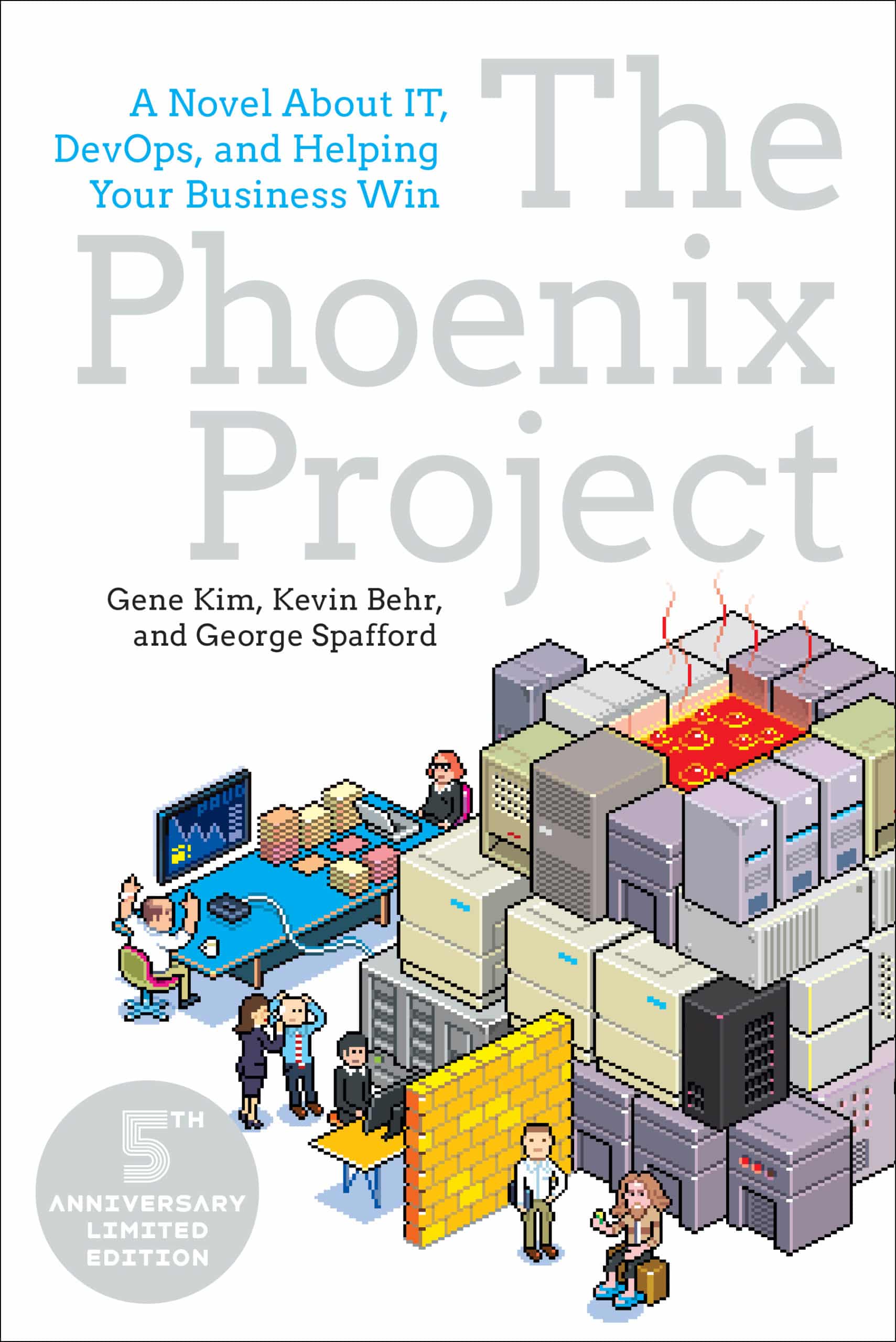Over the past few months, I’ve been getting back into the habit of reading books (or listening to them). It’s been a fresh start for me as I’ve picked up a few titles and managed to finish five of them, mostly in the categories of software engineering and leadership. These books are incredibly popular, and you can find plenty of reviews for them online. However, I’ve decided to share a brief overview from my perspective.
Let’s start with the first one: ‘The Phoenix Project’.

The Plot
The book carries a captivating subheading: “A Story About IT, DevOps, and Helping Your Business Succeed.” In my opinion, it’s a perfect description that captures the essence of the book.
The story kicks off with an unexpected twist as Bill Palmer, the main character, gets promoted to become the VP of IT Operations at Parts Unlimited. This company manufactures car parts and sells them directly to consumers through their own stores, aiming to provide affordable car maintenance. However, in today’s internet and e-commerce era, Parts Unlimited struggles to keep up with competitors. To regain their former success, they take on a project called “Phoenix.” But things aren’t going smoothly - the development, IT operations, business, and marketing teams suffer from poor collaboration. With the company on the verge of being broken apart, Bill must ensure the successful completion of the project “Phoenix” while keeping other crucial applications running smoothly.
Spoiler alert: the story concludes with a satisfying success! 😉
Concepts
In the way of storytelling, this book presents some insightful concepts. One of which is the classification of tasks we encounter in our daily work:
- Planned Work: these are business projects that drive towards achieving specific business goals and objectives.
- Internal Projects: this category encompasses activities aimed at improving internal infrastructure, systems, and processes.
- Changes: refers to the modifications or updates made to systems, applications, or infrastructure in response to evolving business needs or technological advancements.
- Unplanned Work: this category involves unexpected incidents, problems, and issues that arise suddenly and demand immediate attention.
Another concept is the three way guiding principle towards achieving efficient and effective IT operations:
- The First Way: understanding and visualizing the flow of work across the entire organization.
- The Second Way: creating fast and effective feedback mechanisms to enable the timely detection and correction of issues.
- The Third Way: creating a culture that fosters learning, resilience, and innovation.
The book also highlights the importance of having a mentor, which is implicitly emphasized. In the story, Bill finds guidance and support from his mentor, Erik Reid, who helps him navigate and understand the various concepts that I mentioned earlier. Erik plays a crucial role in Bill’s journey, providing insights and knowledge that contribute to his growth and development throughout the book.
Quotes
My most favorite quotes from the book:
-
“Improving daily work is even more important than doing daily work.”
-
“Being able to take needless work out of the system is more important than being able to put more work into the system.”
-
“until code is in production, no value is actually being generated, because it’s merely WIP stuck in the system.”
-
“Features are always a gamble. If you’re lucky, ten percent will get the desired benefits.”
Worthwhile?
Should you choose to read or listen to this book? Well, that entirely depends on your expectations and personal preferences. From my perspective, it was an incredibly worthwhile investment of both time and money.
Have you had the chance to read the book? I’d love to hear your feedback and thoughts on it.